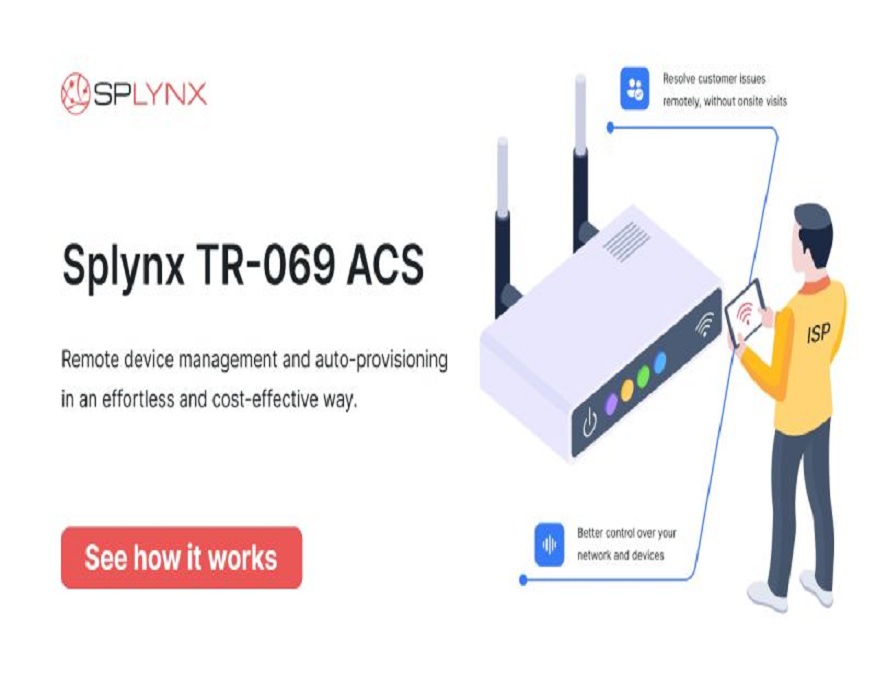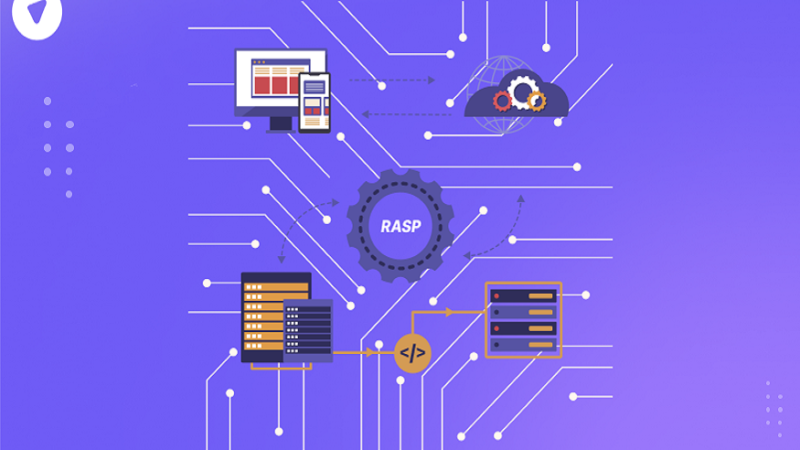TR-069 ACS Deployment: Overcoming Common Challenges

TR-069 (Technical Report 069) is a widely adopted protocol for remote management and configuration of customer premises equipment (CPE) in the telecommunications industry. The TR-069 ACS (Auto Configuration Server) is a crucial component of this protocol that enables service providers to efficiently manage and monitor CPE devices deployed in their network. While TR-069 ACS offers numerous benefits, its deployment can pose certain challenges that need to be overcome for successful implementation. In this article, we will explore some common challenges faced during TR-069 ACS deployment and discuss strategies to address them effectively.
Compatibility and Interoperability
One of the primary challenges encountered during TR-069 ACS deployment is ensuring compatibility and interoperability between the ACS and the wide array of CPE devices deployed in the network. CPE devices come from various manufacturers and may have different firmware versions and configurations. This diversity can result in communication issues between the ACS and CPE devices. To overcome this challenge, service providers need to thoroughly test the ACS with different CPE devices, ensuring that it supports the necessary protocols, firmware versions, and configurations. Regular firmware updates and compatibility checks can help maintain smooth communication between the ACS and CPE devices.
Scalability and Performance
As service providers expand their network and subscriber base, the scalability and performance of the TR-069 ACS become crucial. The ACS must be capable of handling a large number of CPE devices efficiently and should be able to scale seamlessly as the network grows. Performance bottlenecks and delays in configuration and management tasks can lead to a poor user experience and increased support costs. To address this challenge, service providers can implement load balancing techniques, distribute ACS functionality across multiple servers, and optimize database structures for improved performance. Regular monitoring and capacity planning are essential to ensure that the ACS can handle increasing workloads.
Security and Data Privacy
Security and data privacy are paramount concerns when deploying TR-069 ACS. The ACS acts as a gateway for remote management and configuration of CPE devices, making it a potential target for unauthorized access and attacks. Service providers must implement robust security measures, such as secure communication channels (e.g., HTTPS), authentication mechanisms, access control policies, and encryption of sensitive data. Regular security audits and updates are crucial to protect against emerging threats and vulnerabilities. It is also essential to comply with data protection regulations and ensure that customer data is handled securely and in accordance with privacy requirements.
Fault and Performance Monitoring
Effective fault and performance monitoring of CPE devices is vital for service providers to proactively identify and resolve issues. TR-069 ACS provides mechanisms for real-time monitoring and reporting of device status, performance metrics, and alarms. However, configuring and managing these monitoring capabilities can be complex, especially when dealing with a large number of devices. Service providers should invest in advanced ACS solutions that offer comprehensive monitoring functionalities and user-friendly interfaces. Integrating the ACS with network management systems (NMS) and service desk applications can streamline the fault management process and enable proactive troubleshooting.
Splynx Software Integration
Splynx software is a powerful solution widely used by service providers for comprehensive network management, billing, and customer support. It offers a range of features to simplify service provisioning, automate billing processes, and enhance customer experience. When integrated with TR-069 ACS, Splynx software provides a holistic solution for end-to-end CPE management and network operations.
The integration between TR-069 ACS and Splynx software enables service providers to leverage the benefits of both solutions. Splynx acts as a front-end interface for managing customer services and provides an intuitive dashboard to monitor and control CPE devices. It complements the TR-069 ACS functionalities by offering additional features such as advanced reporting, billing integration, and customer self-care portals.
By integrating TR-069 ACS with Splynx software, service providers can streamline their operations, reduce manual intervention, and enhance overall efficiency. The combined solution enables automated provisioning, firmware upgrades, remote troubleshooting, and performance monitoring from a centralized interface. This integration ensures better control over the network, improved customer satisfaction, and reduced support costs.
Conclusion
TR-069 ACS deployment brings significant advantages to service providers, enabling efficient remote management and configuration of CPE devices. However, overcoming the challenges associated with compatibility, scalability, security, fault monitoring, and performance is crucial for successful implementation. By addressing these challenges effectively, service providers can leverage the full potential of TR-069 ACS, streamline their operations, and deliver exceptional services to their customers. Integration with Splynx software further enhances the capabilities of TR-069 ACS, providing a comprehensive solution for network management, billing, and customer support. With careful planning, robust implementation, and continuous monitoring, service providers can overcome common challenges and unlock the benefits of TR-069 ACS in their network environments.






